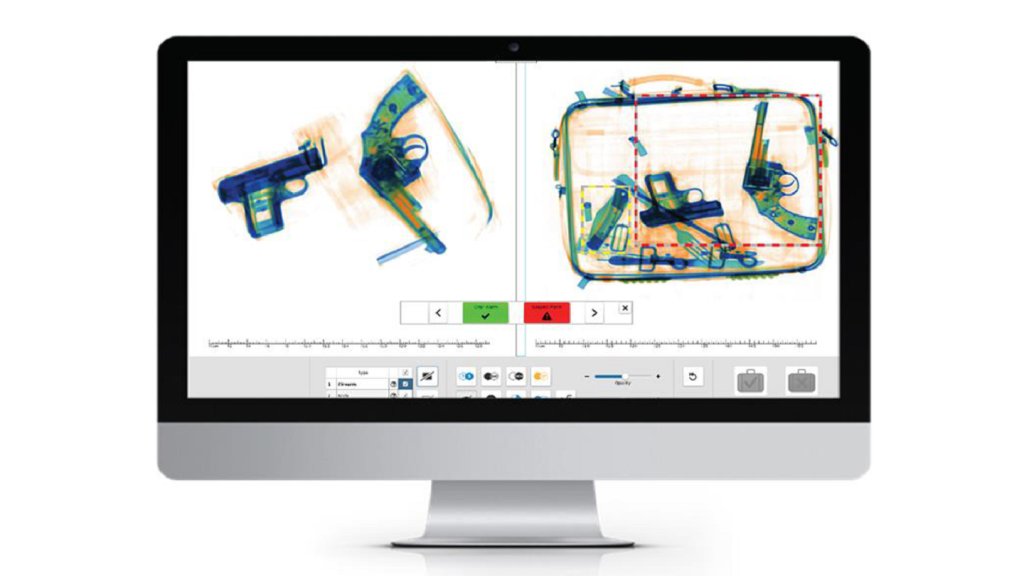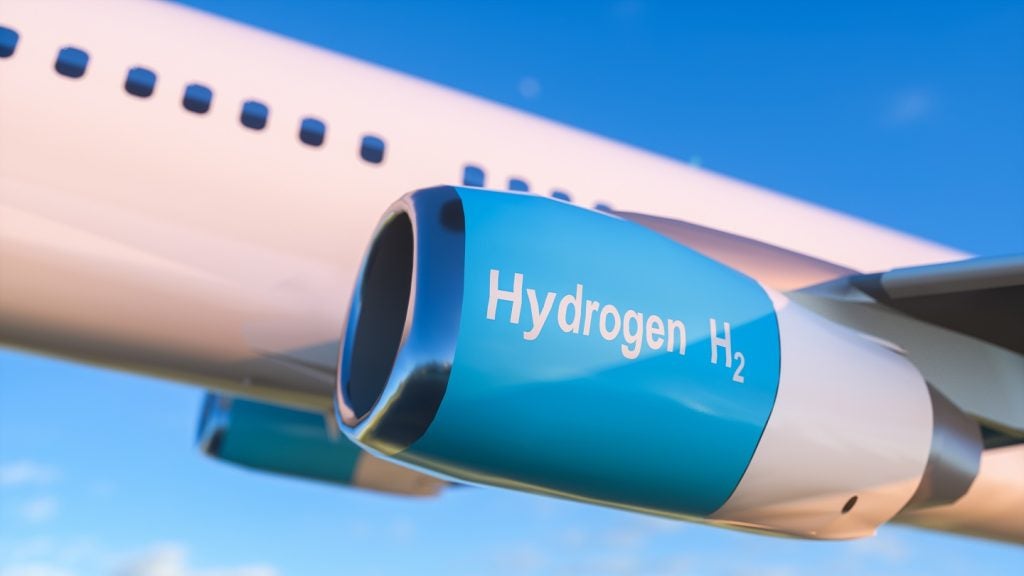From flight schedule management and airline billing to passenger processing, ramp coordination and baggage handling, airports and airlines require software solutions such as airport information management systems to automate and optimise their operations.
With growing passenger traffic and frequently changing security requirements, operators are increasingly looking for innovative and cost-effective airport management software solutions to provide more seamless, safe, and sustainable air travel experience to passengers.
Finding the best airport information management system providers
Airport Technology has listed some of the major companies delivering customised software solutions for airport operations based on its intel, insights and decades-long experience in the sector.
The list includes companies providing turnkey information and communication technology (ICT) solutions focused on centralised airport monitoring, control, operations and maintenance management applications, as well as companies that specialise in delivering comprehensive air traffic control communication systems and fully-automated passenger flow management solutions.
The information contained within the download document is useful for airline operators, airport managers, administrators, system integrators, air traffic controllers, airport surveillance officers, procurement officers, and any other individual involved in airport operations and maintenance.
See Also:
The download contains detailed information on some of the leading airport operations management software providers and their product and service lines, alongside contact details to aid your purchasing or hiring decision.
Types of airport management software solutions
The aviation industry relies on customised software solutions for improved airport operational efficiency, optimised passenger facilitation, and enhanced security.
Types of airport information management systems and solutions include, but are not limited to:
- Airport operational database management (AODB) systems
- Flight information display systems (FIDS)
- Automated aircraft movement registration systems
- Air traffic control and management systems
- Aeronautical telecommunications network (ATN) solutions for ground-ground and air-ground data communications
- Secure passenger processing solutions
- Automated boarding pass verification systems
- Aircraft load control software
- Automated baggage handling software
- Apron management systems
- Emergency messaging systems
- Automated immigration and access management solutions, and
- Software products for airport analytics, concession management, and car park revenue management
FAQs
What Are Airport Information Management Systems (AIMS)?
Airport Information Management Systems (AIMS) are software solutions designed to streamline airport operations by integrating various functions such as flight scheduling, passenger processing, baggage handling, and resource management. These systems improve efficiency by automating processes, enabling real-time decision-making, and enhancing communication between airlines, ground handlers, and airport operators. AIMS help ensure smoother operations, reduce delays, and optimise resource allocation, contributing to a better passenger experience and increased operational safety.
How Do AIMS Support Real-Time Flight Information?
AIMS facilitate real-time flight information management by integrating Flight Information Display Systems (FIDS) with airport databases and external data sources. This enables the seamless dissemination of accurate and up-to-date information on arrivals, departures, and gate assignments. Passengers and airport staff can access this information via digital displays, mobile apps, and websites, which helps reduce confusion and improves the overall passenger experience. Moreover, real-time updates ensure that airport operators can quickly respond to any disruptions or delays, enhancing operational efficiency.
How Do AIMS Improve Passenger Flow and Experience?
AIMS enhance passenger flow by automating key processes such as check-in, baggage drop, security checks, and boarding. These systems reduce wait times and improve accuracy by integrating passenger data with airline systems and other stakeholders. Automated boarding pass verification and self-service kiosks, for example, allow passengers to move more quickly through the airport. Additionally, AIMS can alert airport staff to bottlenecks or inefficiencies, allowing for real-time interventions that improve the overall passenger experience.
What Role Do AIMS Play in Airport Resource Management?
AIMS play a crucial role in managing airport resources by optimising the use of gates, runways, baggage systems, and personnel. These systems enable airport operators to monitor resource usage in real time and adjust allocation as needed. For example, AIMS can automatically assign aircraft to gates based on availability and operational needs, ensuring smoother operations during peak travel times. This dynamic resource management leads to fewer delays and better utilisation of airport infrastructure.
How Do AIMS Contribute to Airport Security?
AIMS enhance airport security by integrating various security systems, such as passenger screening, baggage scanning, and access control. These systems allow security personnel to monitor all aspects of airport operations from a centralised platform, making it easier to identify and address potential threats. Furthermore, AIMS can support automated alerts for security breaches, enabling quicker response times. The integration of security systems with operational data also ensures that security protocols are maintained without disrupting airport efficiency.






